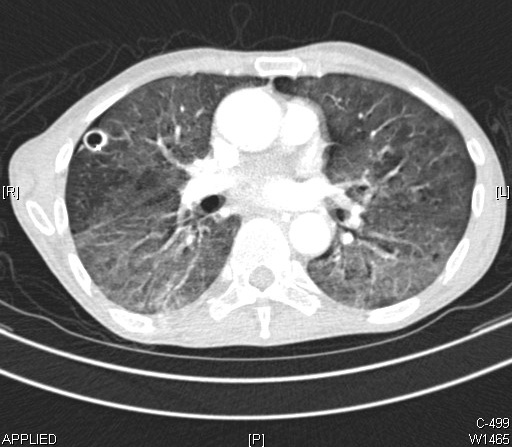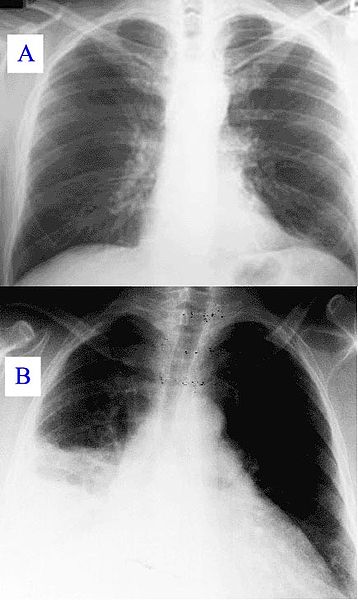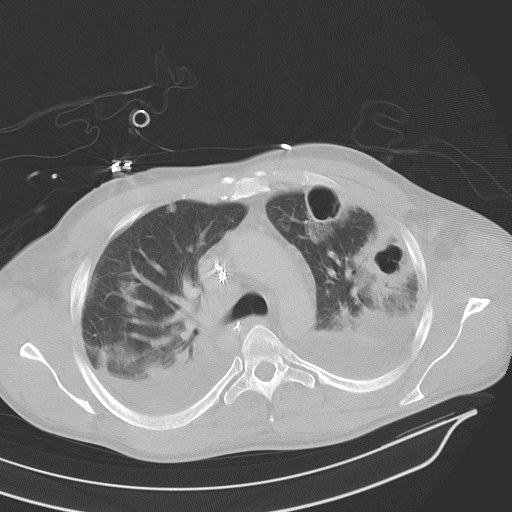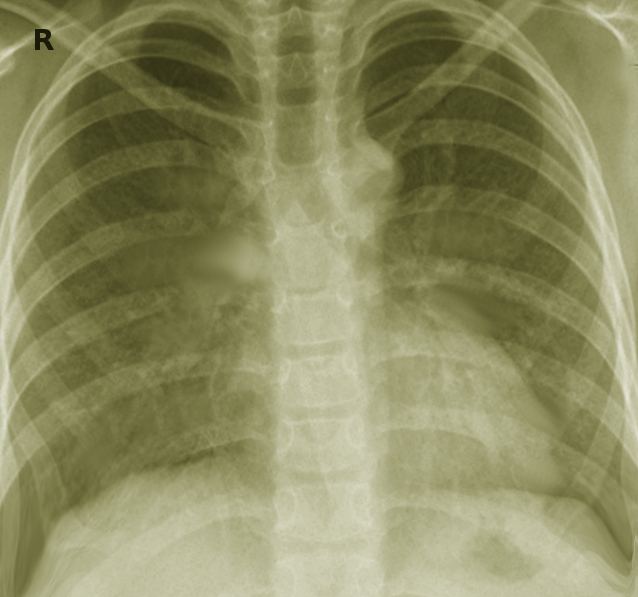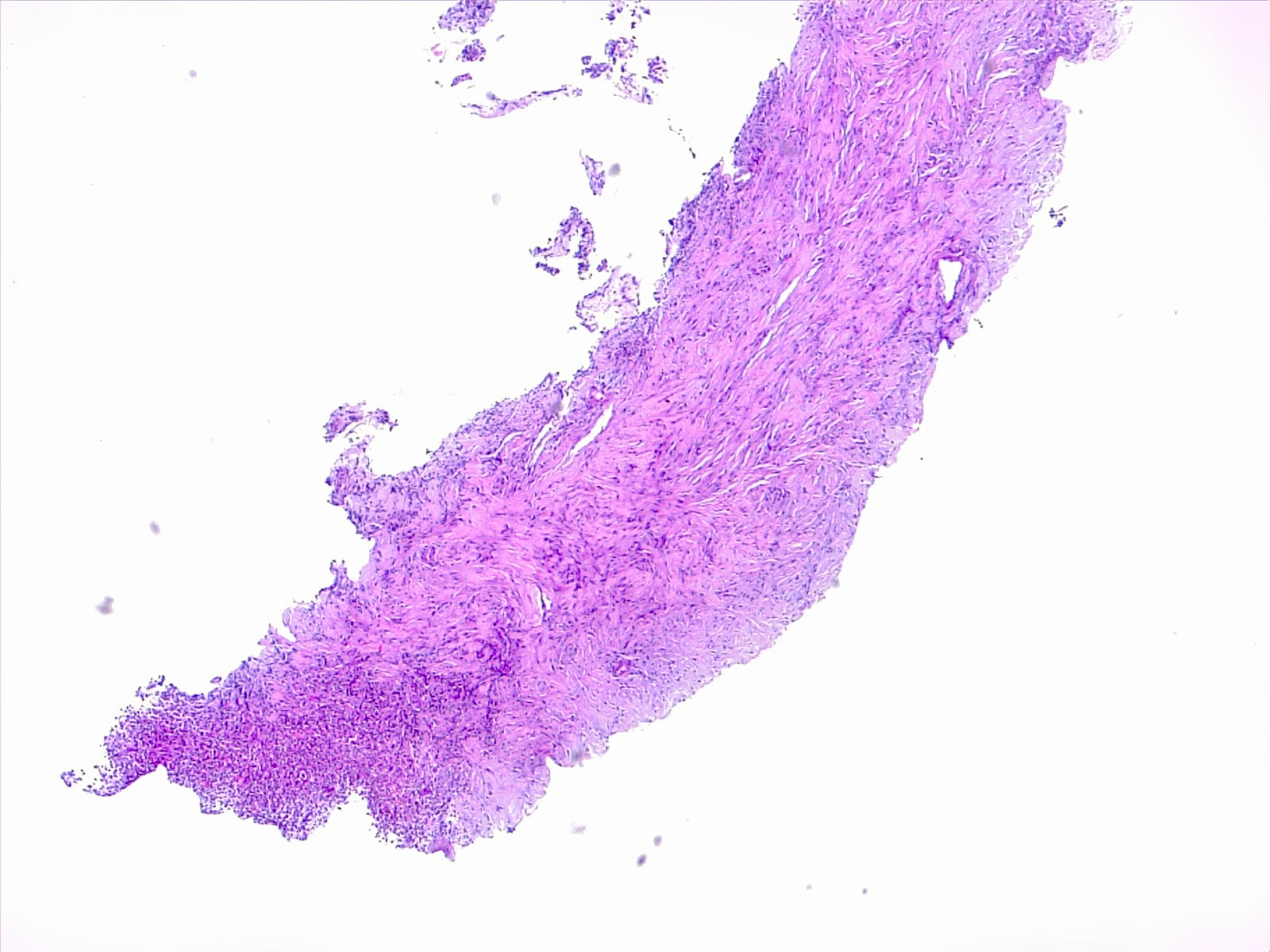[1]
Lu H, Zeng N, Chen Q, Wu Y, Cai S, Li G, Li F, Kong J. Clinical prognostic significance of serum high mobility group box-1 protein in patients with community-acquired pneumonia. The Journal of international medical research. 2019 Mar:47(3):1232-1240. doi: 10.1177/0300060518819381. Epub 2019 Feb 7
[PubMed PMID: 30732500]
[2]
Hassen M, Toma A, Tesfay M, Degafu E, Bekele S, Ayalew F, Gedefaw A, Tadesse BT. Radiologic Diagnosis and Hospitalization among Children with Severe Community Acquired Pneumonia: A Prospective Cohort Study. BioMed research international. 2019:2019():6202405. doi: 10.1155/2019/6202405. Epub 2019 Jan 9
[PubMed PMID: 30729128]
[3]
Alshahwan SI, Alsowailmi G, Alsahli A, Alotaibi A, Alshaikh M, Almajed M, Omair A, Almodaimegh H. The prevalence of complications of pneumonia among adults admitted to a tertiary care center in Riyadh from 2010-2017. Annals of Saudi medicine. 2019 Jan-Feb:39(1):29-36. doi: 10.5144/0256-4947.2019.29. Epub
[PubMed PMID: 30712048]
[4]
Guo Q, Song WD, Li HY, Zhou YP, Li M, Chen XK, Liu H, Peng HL, Yu HQ, Chen X, Liu N, Lü ZD, Liang LH, Zhao QZ, Jiang M. Scored minor criteria for severe community-acquired pneumonia predicted better. Respiratory research. 2019 Jan 31:20(1):22. doi: 10.1186/s12931-019-0991-4. Epub 2019 Jan 31
[PubMed PMID: 30704469]
[5]
Tsoumani E, Carter JA, Salomonsson S, Stephens JM, Bencina G. Clinical, economic, and humanistic burden of community acquired pneumonia in Europe: a systematic literature review. Expert review of vaccines. 2023 Jan-Dec:22(1):876-884. doi: 10.1080/14760584.2023.2261785. Epub 2023 Oct 13
[PubMed PMID: 37823894]
Level 1 (high-level) evidence
[6]
Gadsby NJ, Musher DM. The Microbial Etiology of Community-Acquired Pneumonia in Adults: from Classical Bacteriology to Host Transcriptional Signatures. Clinical microbiology reviews. 2022 Dec 21:35(4):e0001522. doi: 10.1128/cmr.00015-22. Epub 2022 Sep 27
[PubMed PMID: 36165783]
[7]
File TM Jr, Ramirez JA. Community-Acquired Pneumonia. Reply. The New England journal of medicine. 2023 Oct 26:389(17):1633-1634. doi: 10.1056/NEJMc2310748. Epub
[PubMed PMID: 37888934]
[8]
Jain S, Self WH, Wunderink RG, Fakhran S, Balk R, Bramley AM, Reed C, Grijalva CG, Anderson EJ, Courtney DM, Chappell JD, Qi C, Hart EM, Carroll F, Trabue C, Donnelly HK, Williams DJ, Zhu Y, Arnold SR, Ampofo K, Waterer GW, Levine M, Lindstrom S, Winchell JM, Katz JM, Erdman D, Schneider E, Hicks LA, McCullers JA, Pavia AT, Edwards KM, Finelli L, CDC EPIC Study Team. Community-Acquired Pneumonia Requiring Hospitalization among U.S. Adults. The New England journal of medicine. 2015 Jul 30:373(5):415-27. doi: 10.1056/NEJMoa1500245. Epub 2015 Jul 14
[PubMed PMID: 26172429]
Level 2 (mid-level) evidence
[9]
Torres A, Chalmers JD, Dela Cruz CS, Dominedò C, Kollef M, Martin-Loeches I, Niederman M, Wunderink RG. Challenges in severe community-acquired pneumonia: a point-of-view review. Intensive care medicine. 2019 Feb:45(2):159-171. doi: 10.1007/s00134-019-05519-y. Epub 2019 Jan 31
[PubMed PMID: 30706119]
[10]
Pickens CI, Wunderink RG. Principles and Practice of Antibiotic Stewardship in the ICU. Chest. 2019 Jul:156(1):163-171. doi: 10.1016/j.chest.2019.01.013. Epub 2019 Jan 25
[PubMed PMID: 30689983]
[11]
Nuttall JJC. Current antimicrobial management of community-acquired pneumonia in HIV-infected children. Expert opinion on pharmacotherapy. 2019 Apr:20(5):595-608. doi: 10.1080/14656566.2018.1561864. Epub 2019 Jan 21
[PubMed PMID: 30664362]
Level 3 (low-level) evidence
[12]
Froes F, Pereira JG, Póvoa P. Outpatient management of community-acquired pneumonia. Current opinion in pulmonary medicine. 2019 May:25(3):249-256. doi: 10.1097/MCP.0000000000000558. Epub
[PubMed PMID: 30585861]
Level 3 (low-level) evidence
[13]
Mi X, Li W, Zhang L, Li J, Zeng L, Huang L, Chen L, Song H, Huang Z, Lin M. The drug use to treat community-acquired pneumonia in children: A cross-sectional study in China. Medicine. 2018 Nov:97(46):e13224. doi: 10.1097/MD.0000000000013224. Epub
[PubMed PMID: 30431600]
Level 2 (mid-level) evidence
[14]
Hagel S, Moeser A, Pletz MW. [Management of community acquired pneumonia]. MMW Fortschritte der Medizin. 2018 Nov:160(19):52-61. doi: 10.1007/s15006-018-0027-x. Epub
[PubMed PMID: 30406515]
[15]
Meduri GU, Shih MC, Bridges L, Martin TJ, El-Solh A, Seam N, Davis-Karim A, Umberger R, Anzueto A, Sriram P, Lan C, Restrepo MI, Guardiola JJ, Buck T, Johnson DP, Suffredini A, Bell WA, Lin J, Zhao L, Uyeda L, Nielsen L, Huang GD, ESCAPe Study Group. Low-dose methylprednisolone treatment in critically ill patients with severe community-acquired pneumonia. Intensive care medicine. 2022 Aug:48(8):1009-1023. doi: 10.1007/s00134-022-06684-3. Epub 2022 May 13
[PubMed PMID: 35723686]
[16]
Dequin PF, Meziani F, Quenot JP, Kamel T, Ricard JD, Badie J, Reignier J, Heming N, Plantefève G, Souweine B, Voiriot G, Colin G, Frat JP, Mira JP, Barbarot N, François B, Louis G, Gibot S, Guitton C, Giacardi C, Hraiech S, Vimeux S, L'Her E, Faure H, Herbrecht JE, Bouisse C, Joret A, Terzi N, Gacouin A, Quentin C, Jourdain M, Leclerc M, Coffre C, Bourgoin H, Lengellé C, Caille-Fénérol C, Giraudeau B, Le Gouge A, CRICS-TriGGERSep Network. Hydrocortisone in Severe Community-Acquired Pneumonia. The New England journal of medicine. 2023 May 25:388(21):1931-1941. doi: 10.1056/NEJMoa2215145. Epub 2023 Mar 21
[PubMed PMID: 36942789]
[17]
Bergmann F, Pracher L, Sawodny R, Blaschke A, Gelbenegger G, Radtke C, Zeitlinger M, Jorda A. Efficacy and Safety of Corticosteroid Therapy for Community-Acquired Pneumonia: A Meta-Analysis and Meta-Regression of Randomized, Controlled Trials. Clinical infectious diseases : an official publication of the Infectious Diseases Society of America. 2023 Dec 15:77(12):1704-1713. doi: 10.1093/cid/ciad496. Epub
[PubMed PMID: 37876267]
Level 1 (high-level) evidence
[18]
Peng B, Li J, Chen M, Yang X, Hao M, Wu F, Yang Z, Liu D. Clinical value of glucocorticoids for severe community-acquired pneumonia: A systematic review and meta-analysis based on randomized controlled trials. Medicine. 2023 Nov 17:102(46):e36047. doi: 10.1097/MD.0000000000036047. Epub
[PubMed PMID: 37986401]
Level 1 (high-level) evidence
[19]
Espinoza R, Silva JRLE, Bergmann A, de Oliveira Melo U, Calil FE, Santos RC, Salluh JIF. Factors associated with mortality in severe community-acquired pneumonia: A multicenter cohort study. Journal of critical care. 2019 Apr:50():82-86. doi: 10.1016/j.jcrc.2018.11.024. Epub 2018 Nov 22
[PubMed PMID: 30502687]

